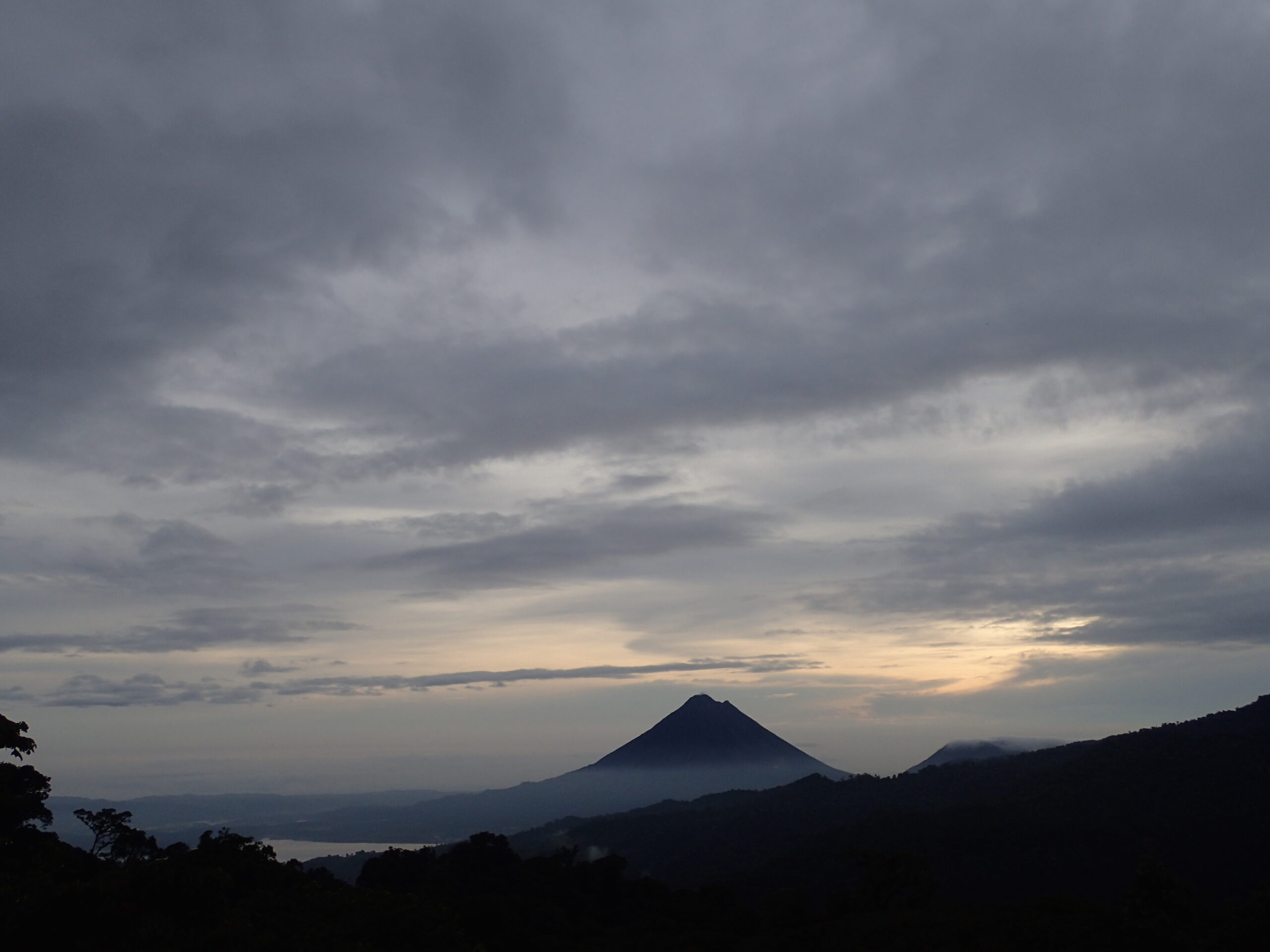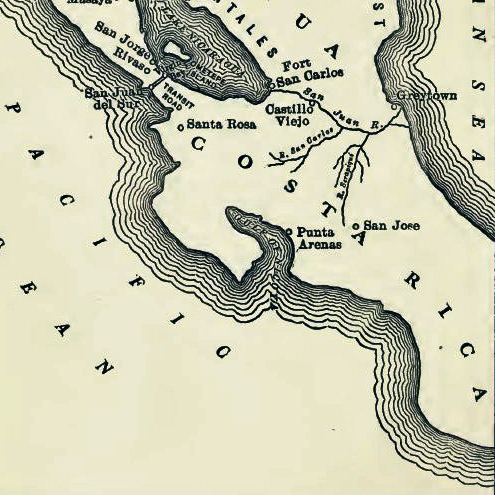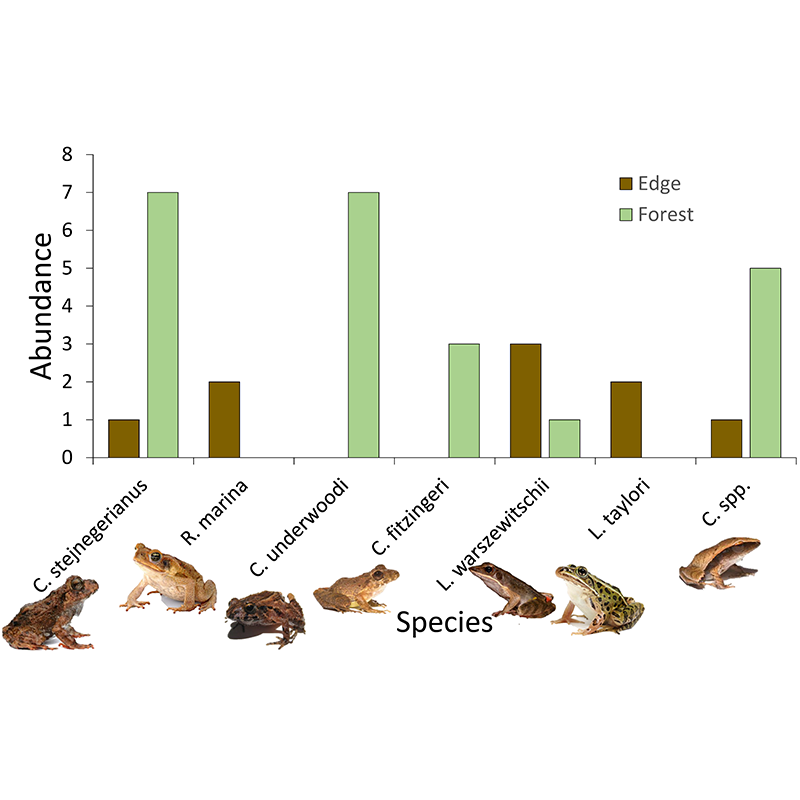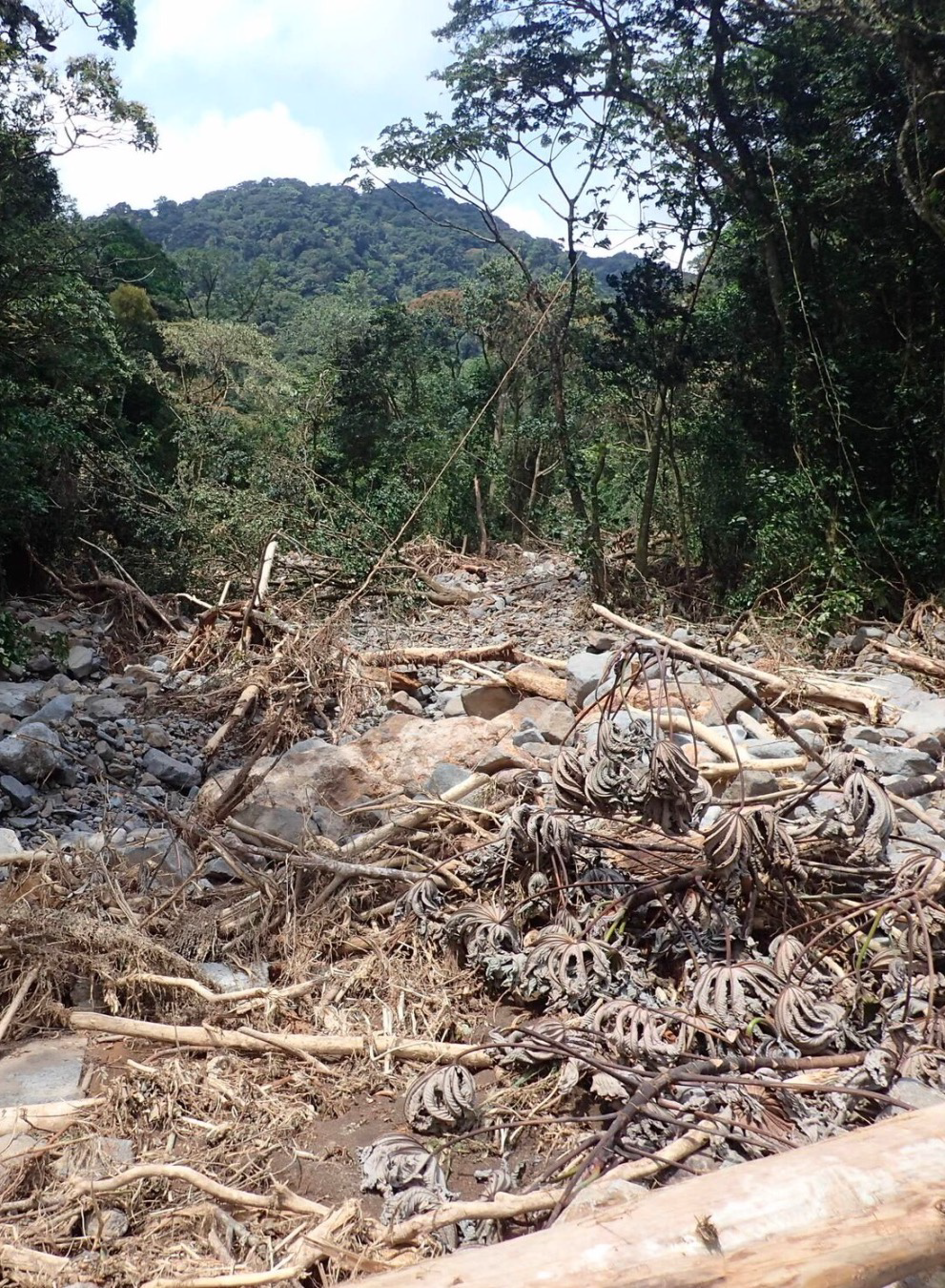

The heart of the battle of Santa Rosa comes down to one man, William Walker. Walker was an American man from Nashville, who had a passion for colonization. His first concourse began in 1853 when he attempted to colonize southern California. Here, he was met with a certain amount of resistance from Mexico and eventually retreated back to the States. His second attempt at colonization came in 1855 upon the invitation of a Nicaraguan rebellion group. He came to Nicaragua and by 1856 he had taken over as president, forming a government known as the filibuster regime. But was that enough for a racist white man from the 1800’s? Of course not. He soon set his site on a larger goal, he wanted to create a unified Central American state including Guatemala, Nicaragua, Honduras, El Salvador, and Costa Rica. His slogan soon became the phrase “Five or none.”

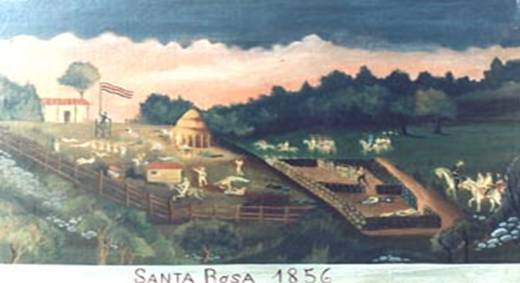
Now that we know the story of William Walker, we can understand the infamous battle between the filibusters and the Costa Ricans on March 20th, 1856. The first thing to understand about this battle is that the filibusters weren’t actually Nicaraguans, they were mercenaries from the U.S., Germany and France. They decided to first attempt the unification of Central America with Costa Rica. Costa Rica was an important piece of the puzzle for two reasons. First, Costa Rica was the obvious first target as Nicaragua’s closest geographic neighbor. Second, Walker planned on creating a Canal that would connect the Pacific and Atlantic Oceans and this canal would cross into Costa Rican territory.
Within Costa Rica, the area where the filibusters invaded was the Guanacaste region. The 400-man troop invaded the country without resistance and on March 20th, they found a Casona to rest at. Unfortunately for these colonizers however, a group of 700 Ticos had surrounded their lodging. The battle was over within 14 minutes, killing 26 filibusters and capturing an additional 19. These numbers would have been higher, if there had not been a communication issue with the group surrounding the back of the house (the group that was supposed to capture the fleeing filibusters).
Despite the low casualties of the invaders, this was a stunning victory for the Costa Ricans. It only took one more battle to defeat Walker which took place on April 11th, 1856. Shortly after this time, he returned to the states. In 1860, he decided to try one last time to become a ruler and he invaded Honduras where he was quickly executed.
The battle of Santa Rosa is now a culturally important event. With this being one of the countries few military battles, citizens take great pride in it. The location of the battlefield also drives increased tourism to the Guanacaste region where visitors can learn not only about the battle but also about the tropical dry forest. Finally, I think this is an important event for Americans to learn about because the sheer breadth of our colonization (especially in Central America) is often glossed over in our history classes.

